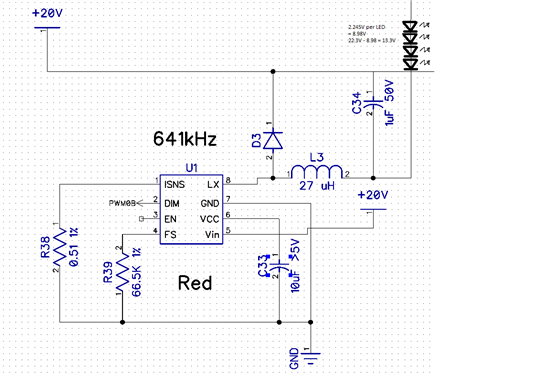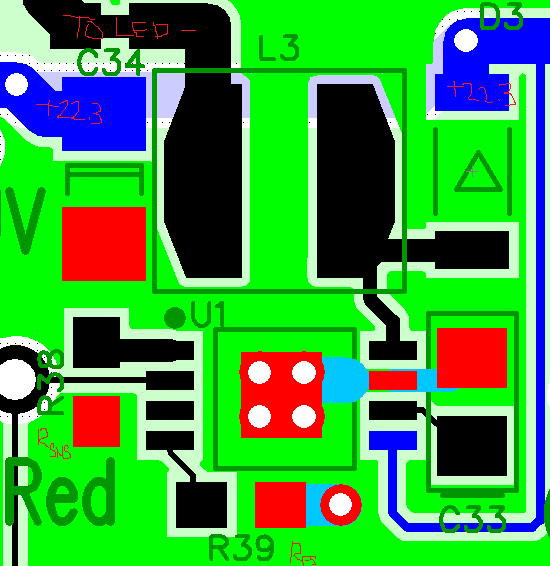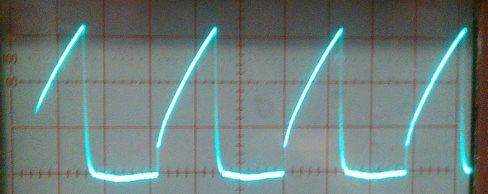I am using an LM3407 and attempting to set the current to 350mA, however something is not working out, and I only get an average current of 247mA.
Each LED drops 2.245V@350mA, for a total of 8.98V. The 20V supply is 22.3V.
Below are the resistor combinations that I have tried:
0.56 ohm -> 164 mA
0.51 ohm -> 171 mA
0.372 ohm -> 247 mA
I have also tried 0.56 ohm with 39uH inductor ->166 mA
Inductor: SDR0403-270KL (27uH)
Diode: MBR0530
Any ideas why the current isn't reaching the 350mA that it should be?
Thanks







